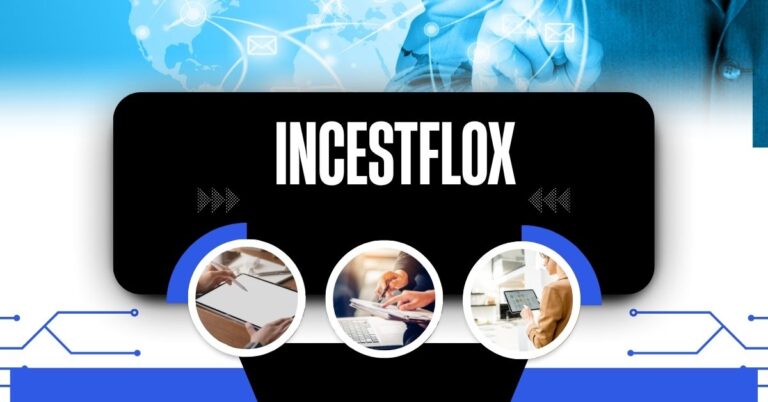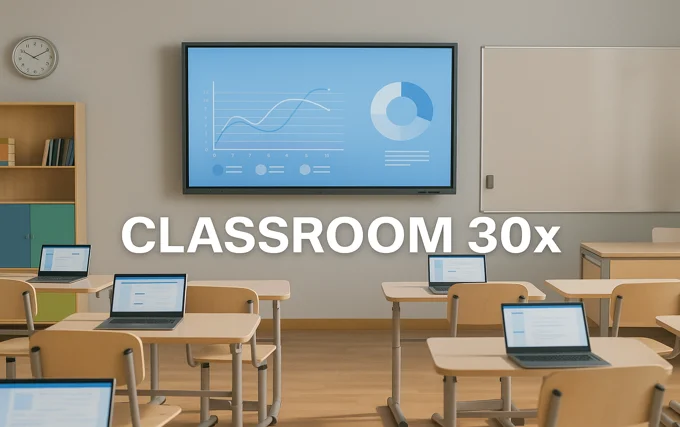Understanding the Concept of sfmconpile
In today’s digital age, new terms and ideas appear regularly, often blending technical concepts with practical applications. One such intriguing term is sfmconpile. At first glance, it may sound like a complicated expression, but with a little exploration, it reveals itself as a powerful concept that can be applied in various ways. Whether you are a developer, a curious learner, or someone exploring modern systems, learning about sfmconpile offers new insights into how information and processes come together.
What is sfmconpile?
The word sfmconpile represents the idea of compiling or assembling multiple elements into a unified system. Instead of focusing on just one tool or method, it brings together different parts to create something more efficient and reliable. You can think of it as the act of transforming scattered resources into one cohesive whole.
Much like how a compiler in programming converts code into a machine-readable format, sfmconpile works as a broader metaphor for integration. It is not limited to programming alone but can be related to creative projects, organizational structures, or digital workflows.
Origins of the Term
Although sfmconpile does not have a traditional dictionary definition, it seems to come from a blend of technical language and user-created naming. Many communities coin terms that combine familiar roots like “compile,” suggesting transformation or collection. The prefix “sfm” might point toward structured frameworks or specialized functions.
What makes sfmconpile fascinating is that it is not restricted to one discipline. Instead, it can adapt to different contexts, from computing to project management, and even creative design.
Why sfmconpile Matters
In a world where efficiency is valued more than ever, tools and methods that help people combine resources are highly important. sfmconpile stands out because it is not about inventing something new each time but about refining and merging existing resources into a more usable format.
For businesses, this could mean streamlining processes. For developers, it could be turning raw scripts into optimized solutions. For creative professionals, sfmconpile might represent organizing scattered ideas into one strong output.
sfmconpile in Digital Workflows
One of the most practical ways to understand sfmconpile is through digital workflows. Imagine a project where you have multiple data files, code fragments, and design drafts. Handling them separately can become messy, but with sfmconpile, you can merge them into one structured flow.
This concept is especially useful in:
- Software development – converting code and assets into a working build.
- Content creation – merging text, visuals, and audio into a single project.
- Data management – compiling raw information into clear, usable reports.
By applying sfmconpile, the process shifts from disorder to clarity, making work smoother and less stressful.
The Creative Side of sfmconpile
Beyond the technical world, sfmconpile also finds meaning in creativity. Every artist or writer knows the struggle of scattered inspiration. There may be unfinished drafts, sketches, or ideas lying around. By practicing sfmconpile, one can gather these fragments and assemble them into a meaningful work.
Think of it as piecing together a puzzle. Each part may not mean much on its own, but when compiled, they form a complete and striking picture. This makes sfmconpile a tool not only for professionals but also for anyone who values creativity and expression.
sfmconpile for Businesses
Businesses thrive on structure and organization. When applied to a workplace setting, sfmconpile can be a game-changer. It allows companies to integrate different systems into one efficient model.
Examples include:
- Combining marketing data from different platforms into one unified dashboard.
- Gathering customer feedback and turning it into actionable reports.
- Streamlining communication between teams using collaborative tools.
In this way, sfmconpile supports growth by eliminating unnecessary duplication of work and focusing on results.
Challenges with sfmconpile
Like any process, sfmconpile also comes with challenges. Bringing together multiple parts often requires careful planning. Without structure, the process can lead to confusion instead of clarity.
Some common challenges include:
- Compatibility issues when merging digital files.
- Overwhelming information without proper filtering.
- Time delays when processes are not clearly defined.
However, with proper planning, these challenges can be minimized, allowing sfmconpile to reach its full potential.
Practical Tips to Apply sfmconpile
For anyone curious to apply sfmconpile in daily work, here are some simple steps:
- Identify resources – List out all the files, data, or ideas you want to merge.
- Organize inputs – Categorize them so they are easier to handle.
- Choose a method – Decide whether you are combining digitally, manually, or conceptually.
- Compile carefully – Merge step by step to avoid errors.
- Test the result – Check if the compiled version works better than the scattered parts.
By following this structured approach, sfmconpile becomes a practical technique rather than just a concept.
The Future of sfmconpile
Looking ahead, sfmconpile is likely to grow in importance. As digital platforms expand, the need to combine information seamlessly will only increase. Businesses, creators, and developers will continue to seek better ways to unify resources.
In fact, sfmconpile might become a standard approach to problem-solving, much like how collaboration tools have become part of everyday work. It offers flexibility, adaptability, and efficiency – three qualities that are highly valued in the modern world.
Final Thoughts
The term sfmconpile may be new, but its meaning is powerful and versatile. At its heart, it represents the act of bringing things together – whether that’s code, data, or ideas – into one functional system. It encourages people to move away from scattered and fragmented approaches, and instead, create something unified and impactful.
By exploring sfmconpile, we gain more than just a concept; we discover a mindset that can improve both technical and creative work. Whether you are in business, technology, or the arts, the ability to compile resources efficiently is a skill that will always remain valuable.




